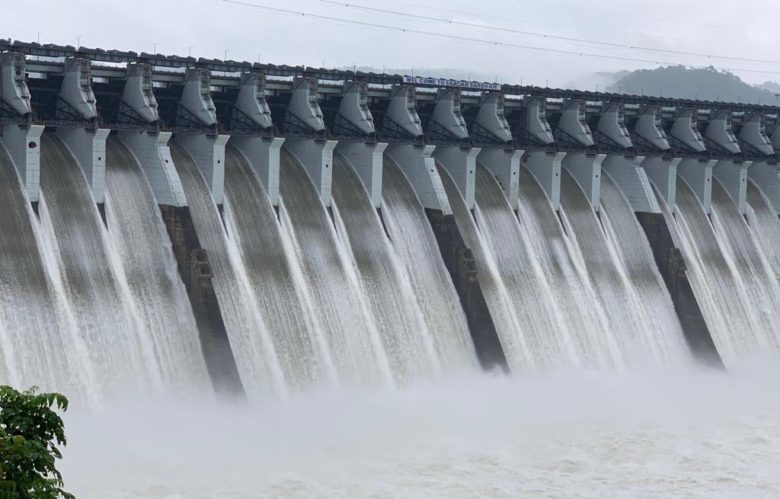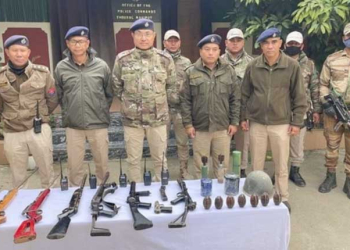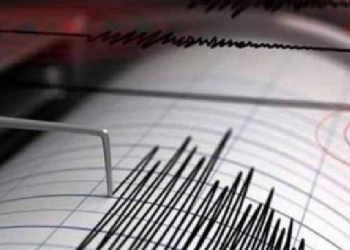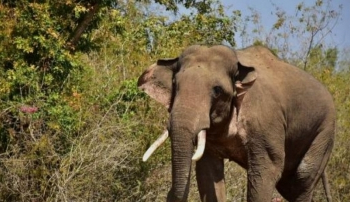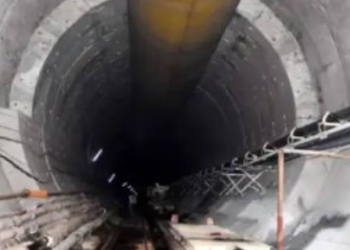New Delhi: With less than 15 days to go for the deadline, only 10 states have formed the State Committee for Dam Safety (SCDS) while six have formed the State Dam Safety Organisations (SDSO), a top Jal Shakti Ministry official said on Thursday.
The SCDS and SDCO are two bodies that are mandatory under the Dam Safety Act, 2021 that was cleared by the Parliament in December 2021.
The status information was shared by Sanjay Awasthi, Joint Secretary, Department of Water Resources, River Development and Ganga Rejuvenation under the Ministry, at a day-long national workshop on ‘Dam Safety Act, 2021 for dam safety governance in India’ attended by various Ministry officials, Ministers and officers from state government teams, representatives of PSUs that run or own dams etc.
These committees are to be formed by June 30. “The time left is so less, we appeal all the state to form their respective committees at the earliest and implement the Act in toto,” he appealed. Noting that the Dam Safety Act 2021 provides for various punitive measures, he said: “We hope, we never need to implement any of its provisions.”
The Centre will then be forming the National Committee for Dam Safety (NCDS)
In his presentation in the technical session, A.B. Pandya, Secretary General, International Commission on Irrigation and Drainage (ICID) and former Chairperson, Central Water Commission (CWC), said: “We all talk about large dams and their safety but there are innumerable number of smaller dams and we have not even counted them. They also pose a threat to not just human life downstream but also to the assets.”
Earlier, in the inaugural session, Union Jal Shakti Minister, Gajendra Singh Shekhawat said: “Our water bearing capacity is just too less compared to other parts of the world. The prospects of new dams as compared to the exponential rise in the demand for water are far less. Therefore, we need to work towards optimum utilization of existing dams; we need to work upon better management of these dams.”
Another issue flagged by Shekhawat was the siltation in the dams/reservoirs.
“Several of the more than 5,300 dams are more than 25 year old and about 300-odd are more than 100 years old. Even when long-term siltation is part of the design of the dams, we have noticed that our calculations have failed at many places,” he said.
“There is a limit on how many new dams we can build. We cannot build another dam at the existing site. The ratio of water demand will only increase as the economy increases. Therefore, taking care of existing assets is more important.”
As per the Ministry records, India has 5,334 large dams while the other 411 large dams are under various stages of construction. Maharashtra leads with 2,394 dams while Madhya Pradesh and Gujarat are at the second and third spots in terms of the number of dams. About 80 per cent of the large dams are over 25 years of age, and there are over 227 dams that are more than 100 year old. India’s dams annually store about 257 billion cubic meters (BCM) of water.
(IANS)



